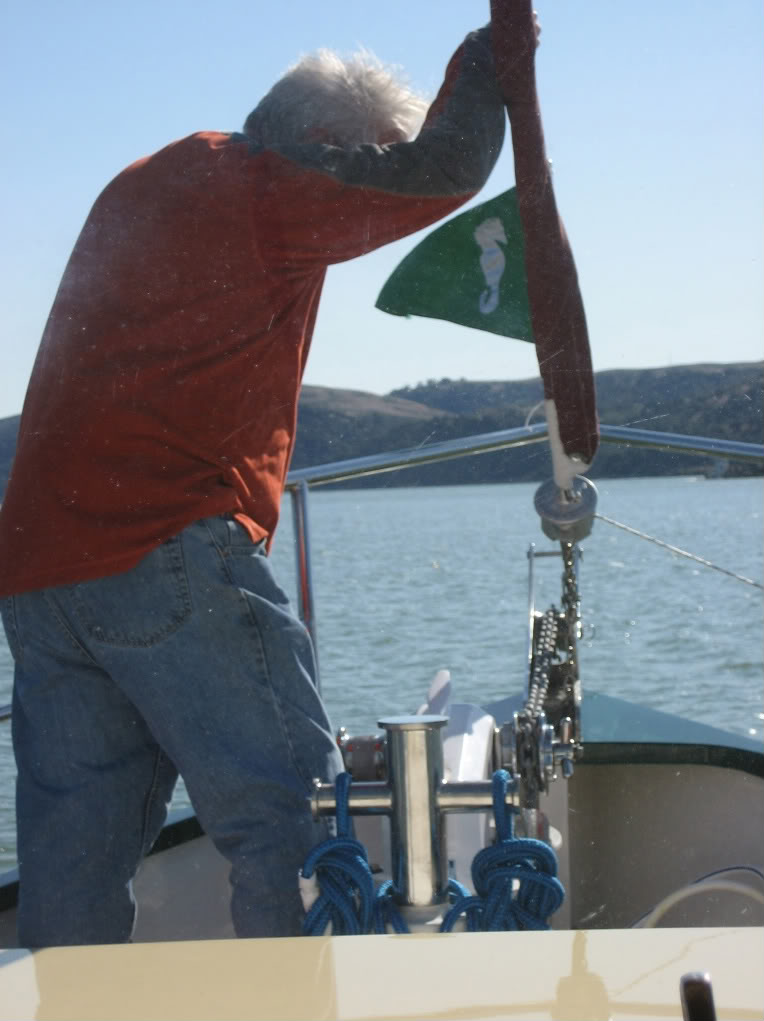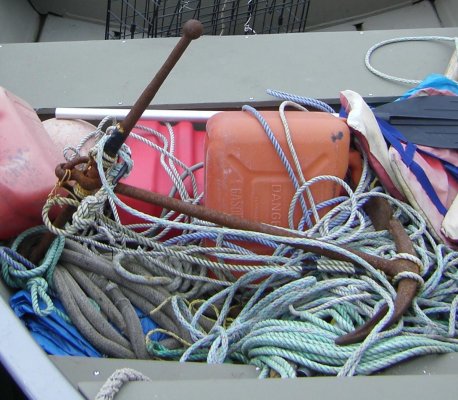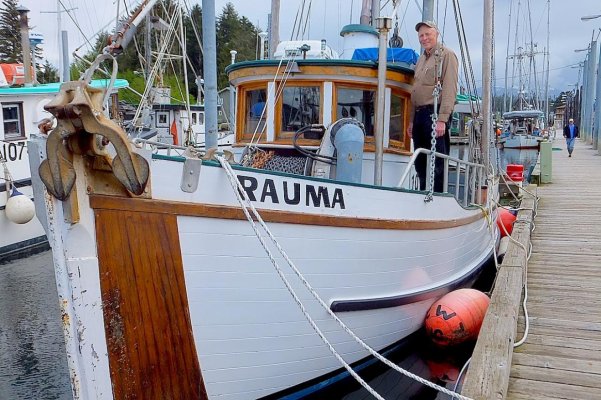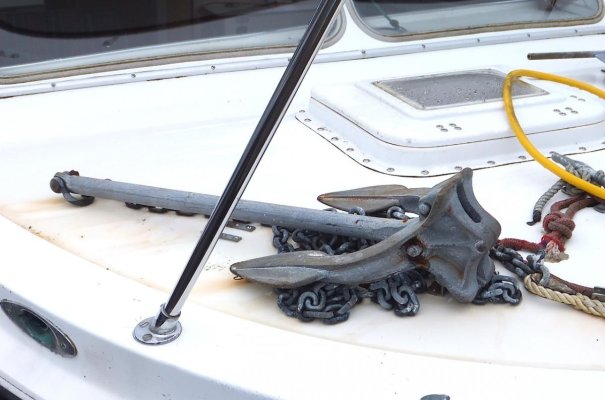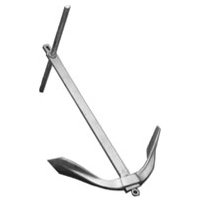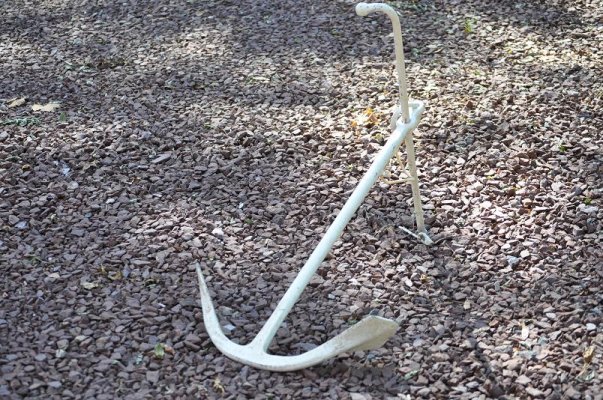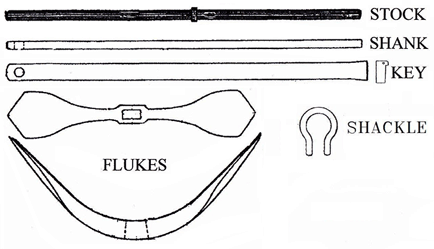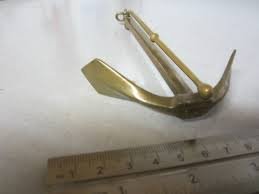FF
Guru
- Joined
- Oct 12, 2007
- Messages
- 22,552
>Now I need to practice anchoring. I have never owned a windlass so this will be an adventure. <
The basic technique is to ONLY use the windlass to pick up the anchor from the bottom after it has been broken loose.
> Forget the weight it's holing power-setting ability-digging ability-resetting ability-structural strength. Within a particular anchor type size and weight will matter but not so important when comparing different types.<
Perhaps true in a perfect world with perfect anchoring conditions.
The real world has litter , stones and sometimes grass as well as ooze to anchor in.
The flyweight pocket anchor might hold fine , IF you dive with a shovel and bury it.
For most folks , bigger (heavier) is better as it requires less than perfect to set and hold the boat.
We too carry an aluminum anchor , but is a very large size for use as a hurricane anchor.
With days to proceed to good holding and days to set the anchors the huge surface area is a positive as a Danforth 90 would be too heavy/clumsy to bring up from below.
If you have 1 lb of anchor for every 10,000 lbs of 3 story roomaran please anchor downwind of us!
The basic technique is to ONLY use the windlass to pick up the anchor from the bottom after it has been broken loose.
> Forget the weight it's holing power-setting ability-digging ability-resetting ability-structural strength. Within a particular anchor type size and weight will matter but not so important when comparing different types.<
Perhaps true in a perfect world with perfect anchoring conditions.
The real world has litter , stones and sometimes grass as well as ooze to anchor in.
The flyweight pocket anchor might hold fine , IF you dive with a shovel and bury it.
For most folks , bigger (heavier) is better as it requires less than perfect to set and hold the boat.
We too carry an aluminum anchor , but is a very large size for use as a hurricane anchor.
With days to proceed to good holding and days to set the anchors the huge surface area is a positive as a Danforth 90 would be too heavy/clumsy to bring up from below.
If you have 1 lb of anchor for every 10,000 lbs of 3 story roomaran please anchor downwind of us!
Last edited:

